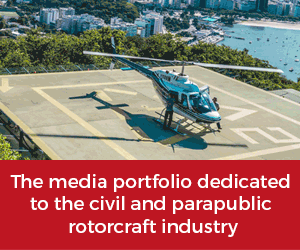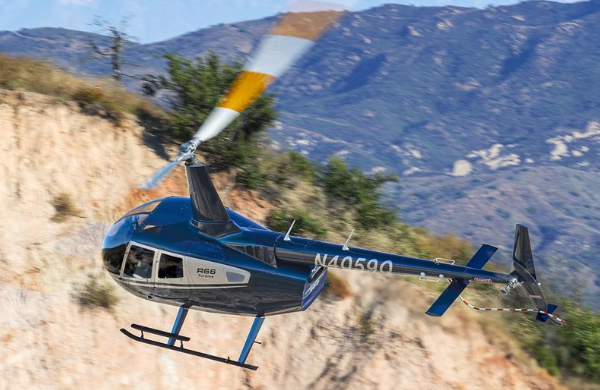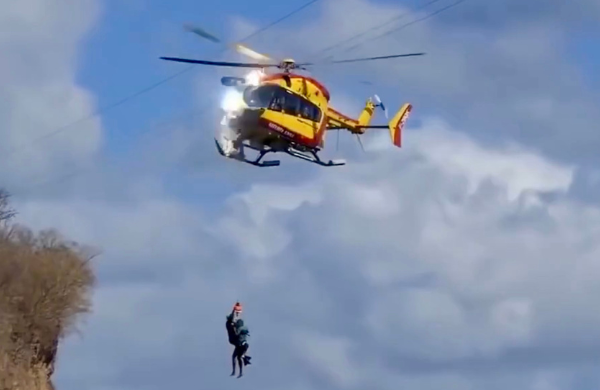The US Federal Aviation Administration (FAA) has issued a revision to its Special Airworthiness Information Bulletin (SAIB AIR-21-17R1) aimed at helping operators, aircrew and passengers understand rotorcraft bird strike risks and safety standards. It draws attention to the 2017 paper by the FAA Rotorcraft Bird Strike Working Group, which examines the frequency and result of bird strike events.
The core of the bulletin is to highlight the vulnerability of rotorcraft to bird strikes due to the nature of the majority of flight operations at relatively low altitudes compared with fixed-wing operations – statistically, more than 90% of reported bird strikes happen at or below 3,500 ft AGL.
Part 29 aircraft, certified after August 1996, have a requirement to meet more stringent bird strike protection features under Amendment 29–40 of 14 CFR Part 29, section 29.631. Although aimed at Part 29 certified aircraft, the protections can apply equally to Part 27 aircraft. Even so, the best means of bird strike protection is either to avoid them or employ other mitigating strategies and in the revised bulletin, the FAA promotes a series of actions to reduce bird strike risk.
Toolbox of mitigation procedures
- Learn about the local bird population and use it to plan and fly your route. Among the key considerations are seasonal migratory times and concentration patterns within your typical operating area.
- Reduce airspeed when practical. Three out of four bird strikes (77%) occur during airspeeds greater than 80 knots. When operating rotorcraft in areas of high bird concentrations, the likelihood of a damaging bird strike goes up with airspeed. When operating in these areas, fly at 80 knots or less, particularly when at lower altitudes.
- Increase Altitude. Increase altitude as quickly as possible and practical when allowed by other flight variables. There is a 32% decrease in bird strike likelihood for every 1,000 feet gained above 500 feet AGL. Also, birds fly higher at night, so you will have to increase your altitude even more than during the day to try to avoid them.
- Wear Personal Protective Equipment (PPE). A helmet and visor, at least for the crew, should be worn when practical. This is one of the simplest acts that can improve safety in rotorcraft operations.
To access the revision to AIR-21-17R1, click HERE








